Goals and focus of Math 2805 #
Machine learning is a vast discipline that draws from and informs a large number of fields of study. In attempts to work with data and make accurate predictions about the future, machine learning has developed a large number of tools and models. It would be easy to structure a class, each day describing a new and different approach, and only scratching the surface of this subject. For instance, here are some examples of machine learning models:

Image source unknown

Image by author

Image by Prince Yadav
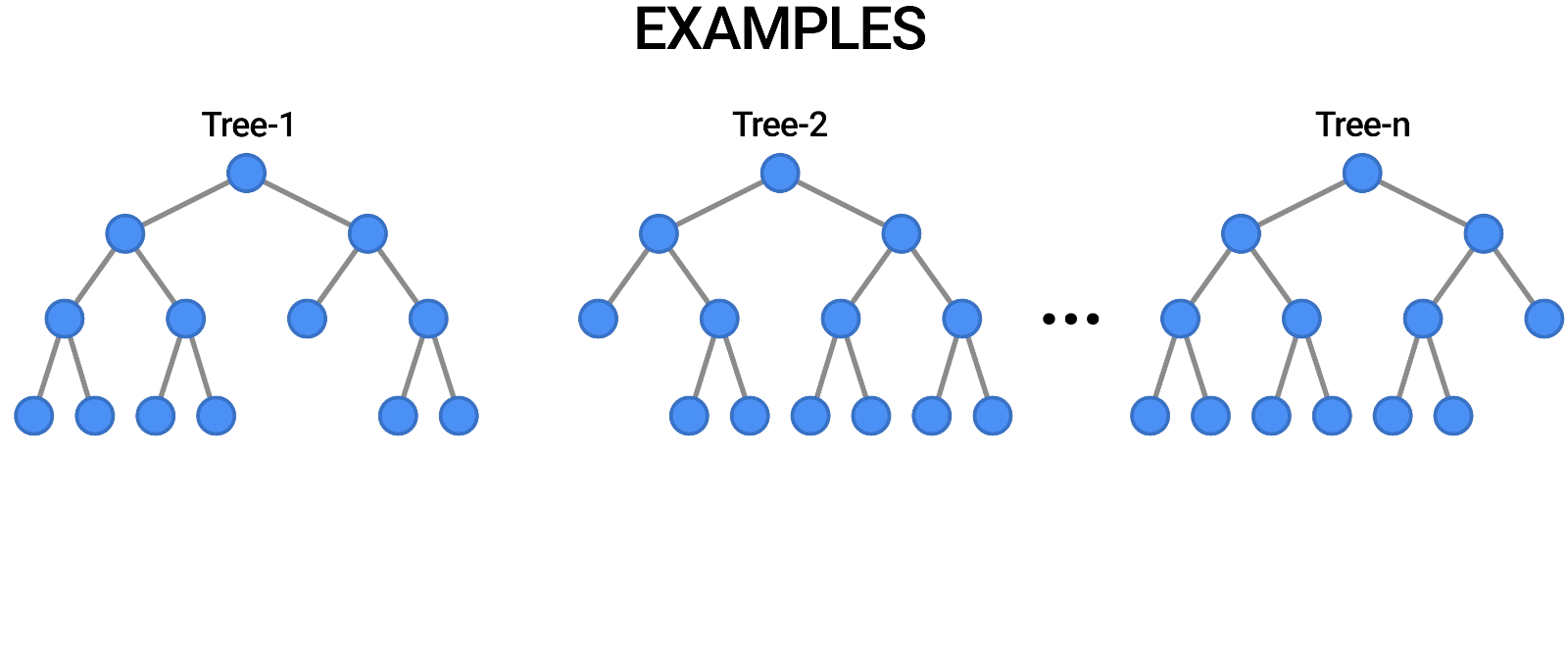
Image from tensorflow.org

Image by Larhmam

Image by Drew Wilimitis

Image by Ravindra Parmar

Image by Chervinskii

Image by Christopher Olah

Image by Christopher Olah

Image by Sumit Saha

Image from arxiv:1706.03762
In Math 2805, I will emphasize the contributions of three subfields of mathematics in the machine learning conversation: analysis, linear algebra, and optimization.
Analysis #
Analysis informs machine learning in two fundamental ways, allowing us to address the following questions:
- Expressibility: Is the proposed model rich enough to accomplish the task at hand?
- Convergence of models: Does a proposed method, or algorithm, of iteratively finding a specific instance of a model converge?
Linear algebra #
Linear algebra forms the computational backbone of machine learning. Our modus operandi will be to rephrase diverse machine learning models in the language of linear algebra and then exploit the underlying theory to further our data-centered goals. It is amazing how often we will be able to do this.
Optimization #
Our approach will often be phrased in terms of minimizing predictive error of our models. We will take advantage of a rich set of tools developed in optimization and multilinear calculus.

Because machine learning is such a large field, there are many ways one can structure a course in the subject, and many different goals one can have in mind. As best as I can enunciate it, this is my goal for the class:

Examples #
Machine learning falls into three broad categories: supervised learning, unsupervised learning, and reinforcement learning. The course focuses on the first two. Below are some examples of problems from each of the categories; we will study them all in much greater detail at some point in the semester.
Supervised learning #

CelebA dataset
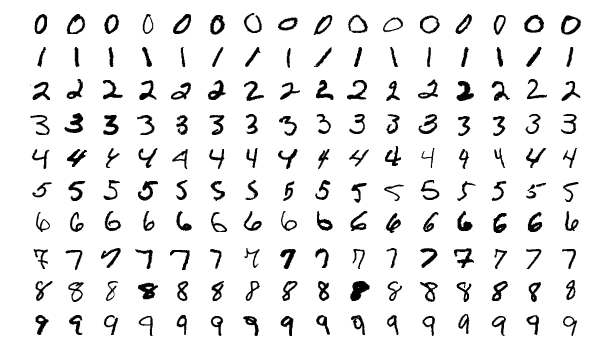
MNIST dataset
Unsupervised learning #
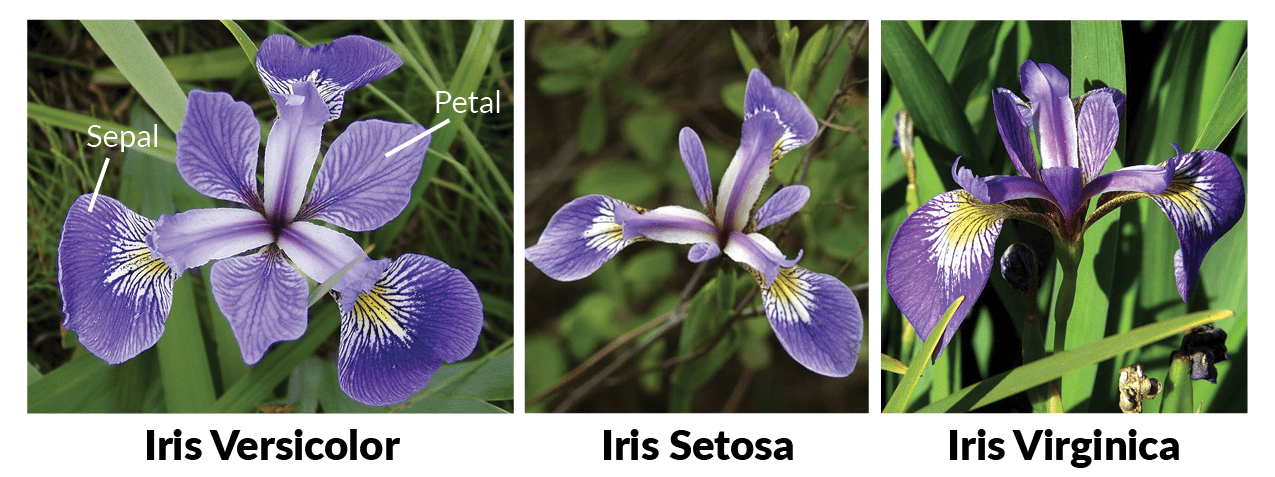
R.A. Fisher
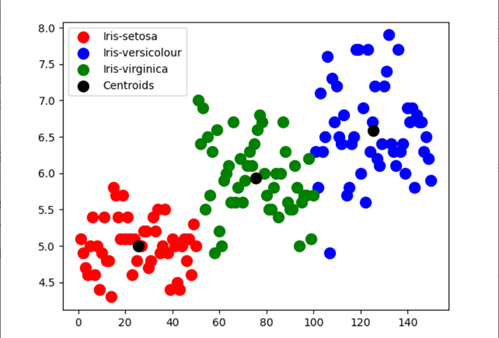
R.A. Fisher
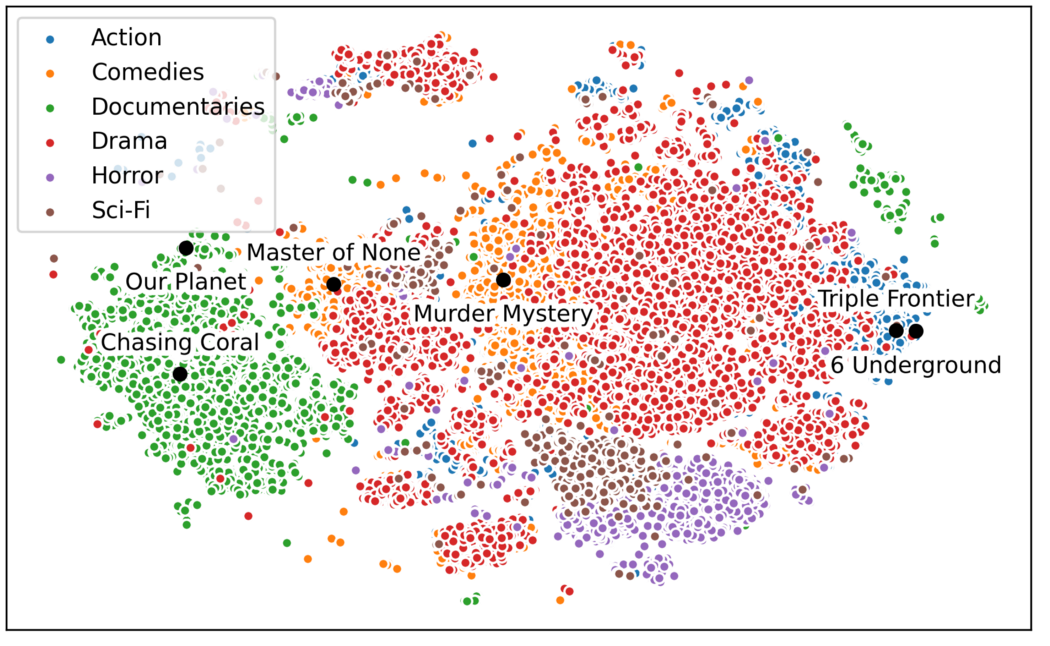


Muthu Alagappan
Reinforcement learning #
